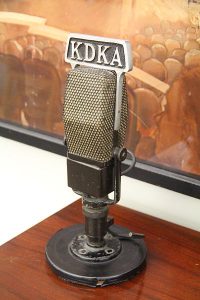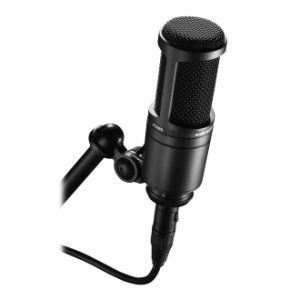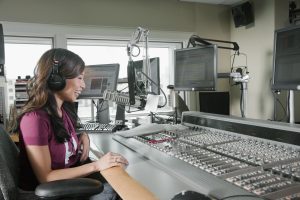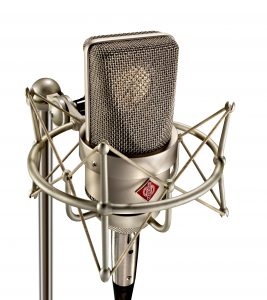Tech Focus: Radio, Part 3 — Iconic Mics Bring the Sound of Sports to Air
A look at some of broadcasters’ favorite tools
Story Highlights
The first scheduled network-radio broadcast of a sports event took place on April 11, 1921, when KDKA Pittsburgh broadcast a 10-round, no-decision match between boxers Johnny Dundee and Johnny Ray at the Motor Square Garden venue. KDKA also claimed the first radio broadcast of a baseball game, airing Pittsburgh Pirates vs. Philadelphia Phillies on Aug. 5 the same year. The station made it a broadcast hat trick when it aired the first live college football game two months later.
Those early broadcasts likely used some version of a carbon-button microphone, patented in 1877 by Emile Berliner (the same fellow who invented the disk phonograph). Later in the 1920s, they would have graduated to such mics as the RCA 44BX ribbon mic (pictured), which became iconic for KDKA and other broadcasters. Since then, broadcasters have moved to even more technically refined transducers, although the form factors of many have become closely associated with getting the sound of sports on air. Here are some of them.
Audio-Technica’s AT2020 is set apart from other mics in its class by its low-mass diaphragm, custom-engineered for extended frequency response and superior transient response. With rugged construction for durable performance, the microphone offers a wide dynamic range and handles high SPLs with ease.
Since debuting in 1969, Electro-Voice’s RE20 is the microphone used by on-air talkers of all stripes, sports and politics alike, and is widely regarded as the single most-heard radio host’s microphone of all time, delivering a vocal tone that has become synonymous with the sound of the modern FM-radio personality. Central to RE20’s popularity is E-V’s Variable-D technology for minimizing proximity-effect tonal shifts, allowing the host to move freely around the mic without ever sounding off-mic. The RE20 will celebrate its 50th anniversary next year.
The Neumann TLM 103 was introduced in 1997 but dates its heritage to Neumann’s venerable U 87, which remains the gold standard for vocals, also imparting its flat-yet-rich tonality to voices on-air. With a low self-noise of just 7 dB-A, it is among the quietest microphones available. At the same time, the TLM 103 can handle enormous sound-pressure levels of up to 138 dB without the need for preattenuation. Its dynamic range of 131 dB enables the TLM 103 to capture anything from a soft whisper to a thunderous play at the plate without adding noise or distortion.
Shure’s SM7, introduced in 1973 and available today as the SM7B, traces its history to the SM5 (1966) and its more compact sibling, the SM57. The SM57 and SM7B share a similar acoustic network based on the Unidyne III cartridge element, but there are a few differences between the SM7B cartridge and the SM57 cartridge design: the SM7B diaphragm is slightly different and optimized for increased low-end response, and its larger housing of the SM7B allows larger rear volume behind the cartridge, extending its low-end response. Broadcasters and podcasters alike deploy the SM7B for exceptionally clean and natural speech.
Click here for Tech Focus: Radio, Part 1 — Sports Talk Keeps the Medium Alive
Click here for Tech Focus: Radio, Part 2 — Audio-Only Consoles Meet Sports’ Special Demands




